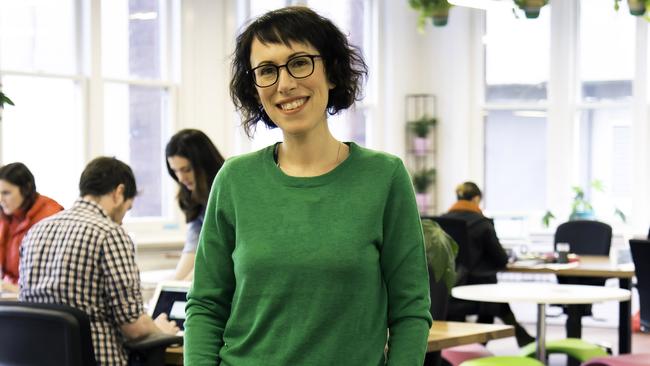Best organisations will take a risk and dare to be innovative
One of the most important drivers of innovation is where risk-taking is encouraged and failure is not a dirty word.

When surveyed about what drives a culture of innovation, more than 95 per cent of business leaders get the answers wrong, according to research conducted by consultancy Inventium. Yet creating such a culture is one of the most critical activities leaders must undertake to have a sustainable approach to innovation.
Meta-analysis led by Samuel Hunter from the University of Oklahoma reveals one of the most important drivers of an innovation culture is one in which risk-taking is encouraged and failure is not a dirty word. Yet out of all the variables that have been shown to improve innovation, having a healthy attitude to risk-taking tends to be the most challenging to adopt, especially for large organisations. Many organisations avoid risk and thus struggle to find success through innovation.
Risk-taking is critical for innovation, as innovation ultimately means venturing into the unknown. Effective innovation tends to involve creating something new, something that has not been done before. To do this it is impossible not to take a risk.
Leaders need to signal to their staff that risk-taking is accepted and that if someone takes a risk that doesn’t lead to commercial success, the team will not be penalised.
The Tata Group recognises the importance of risk-taking. In its Innovista program, an annual awards system set up to recognise its most successful innovations, management created a category called Dare to Try. These awards are presented to innovations that were not commercial successes but where the learning from the failed attempt was rich and useful.
When considering their organisation’s innovation process, leaders need to ensure that experimentation is a mandatory step. Rather than just going straight from idea to implementation, teams first need to run experiments. This involves setting hypotheses as to why they believe an idea will add value to the customer and creating a minimum viable product, the most basic version of the idea that will still allow for learnings. The team must then experiment to test its hypotheses and, based on the results, iterate or change course.
Experimentation is a critical part of Australian Unity’s innovation process. When working on innovation projects, teams of innovation champions are trained to run experiments to effectively and rapidly test new product and service ideas with customers. A group of more than 40 innovation champions and several senior leaders have been trained across Australian Unity in how to run effective experiments.
Rather than investing large amounts of money into every idea, leaders need to adopt a micro-funding strategy. Micro-funding — also known as seed funding — involves allocating small amounts of money, typically less than $10,000, for teams to run experiments to test their hypotheses.
Micro-funding cuts the innovation’s risk. It forces teams to spend small amounts of money learning and iterating their innovation before proceeding to implementation. It ensures that if the idea reaches implementation, certain assumptions have been tested with actual customers, increasing the likelihood of market success.
It is impossible for an organisation to embrace innovation without embracing risk-taking.
Leaders who signal that risk-taking is acceptable, that experimentation is not just encouraged but mandatory, and who allocate micro-funding to promising ideas will win the innovation game.
Amantha Imber is the author of the Innovation Formula.


